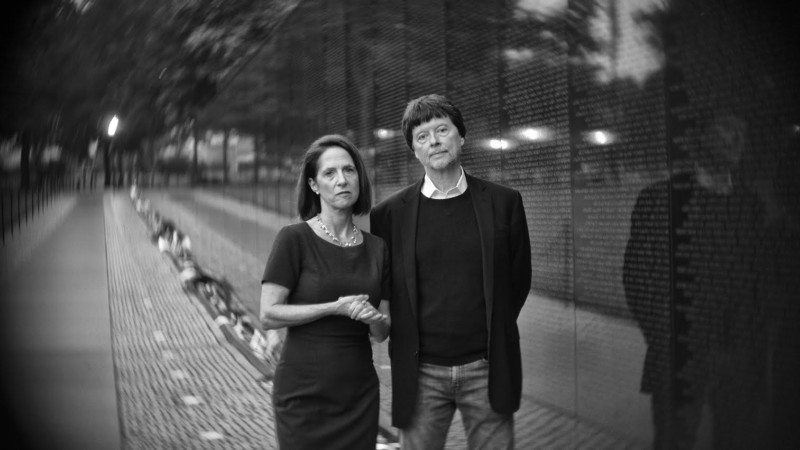Photographer David Burnett Switches to Sony After 40 Years of Canon
Renowned photojournalist David Burnett has just announced that he’s switching over to Sony camera equipment after over 40 years of shooting with Canon gear. Burnett recorded this 5-minute video about his decision.
“I’ve decided to swap all my Canon gear out and go with the Sonys,” Burnett says in the video. “It’s the new technology, the cameras have a lot of things going for them that cameras never did before.”
“I had been using Canon gear which met pro standards (6D bodies, a large variety of glass) but I felt they were making small improvements on adequate gear for the last few years,” Burnett tells PetaPixel. “The 1D X was very capable but too big for me.”
Burnett says there were several reasons why Sony cameras appealed to him. The first was speed.
“The cameras (a9 and a7R III) both shoot very quickly (20fps and 10fps) which when shooting sports can be a real advantage,” Burnett says. “I like to shoot some sports one frame at a time, but at 20fps, it takes a little of the sweat off, because it’s very easy to miss something at 5fps.”
![]()
Burnett is certainly comfortable with the slower side of photography as well: he covered the 2012 London Games with a 4×5 Speed Graphic.
He was also impressed with the big resolution of Sony cameras packed into the tiny bodies.
“The files are big and beautiful,” Burnett tells PetaPixel. “The cameras are actually a bit lighter than what I’m used to and eventually all photographers have to deal with weight concerns. After 50 years of shooting, it’s something I notice.”
Finally, he’s also excited about the idea of adapting his old camera lenses (including his Canon arsenal) onto his new Sony cameras.
“Since the Sony cameras are mirrorless, the bodies are thinner, enabling a huge variety of legacy lenses to be used with them,” he says. “I have everything from current tilt-shift Canon glass, to older FD specialty lenses, some classic Nikon telephotos, and beyond that some whacky stuff like Helios, Rokkors, and even some antique 16mm cine lenses, all of which offer something special in the way they see the world.”
Here’s a photo Burnett shot for Vanity Fair last May using the Sony a6500 and an antique Kodak Ektanon 50mm lens (it’s “designed for cine work but which nearly totally covers the APS-C chip,” he says):

Switching camera systems isn’t without downsides, though. One of the challenge so far has been working with Sony’s menus.
“The toughest thing to master (and I am a tyro thus far) are the Set Up menus,” he says. “They do feel a little like a walk through a maze with a blindfold on. But I know people who have worked for a while with the cameras, and they are still sane. So I suspect in a short period of time I’ll find what works for me on those cameras.
“The thing is, while the menus can be confusing in all their detail, they also allow you an enormously wide set of choices as to how to set up the camera. As of now, I keep hitting some of the wrong buttons, but that is just par for the course. Eventually, the a9 will feel more normal than the 6D. I do like that I have a button (C2) which blows the viewing area up about 8x, so manual focusing with my old glass is a breeze.”
And in case you’re wondering: Burnett has never been sponsored by Nikon, Canon, or Sony in his career, but he did spend a week working with Sony to put the new a9 through its paces.
![]()
“I have to say, I kind of feel like I’m finally stepping into the 21st century with these cameras,” he concludes in the video.